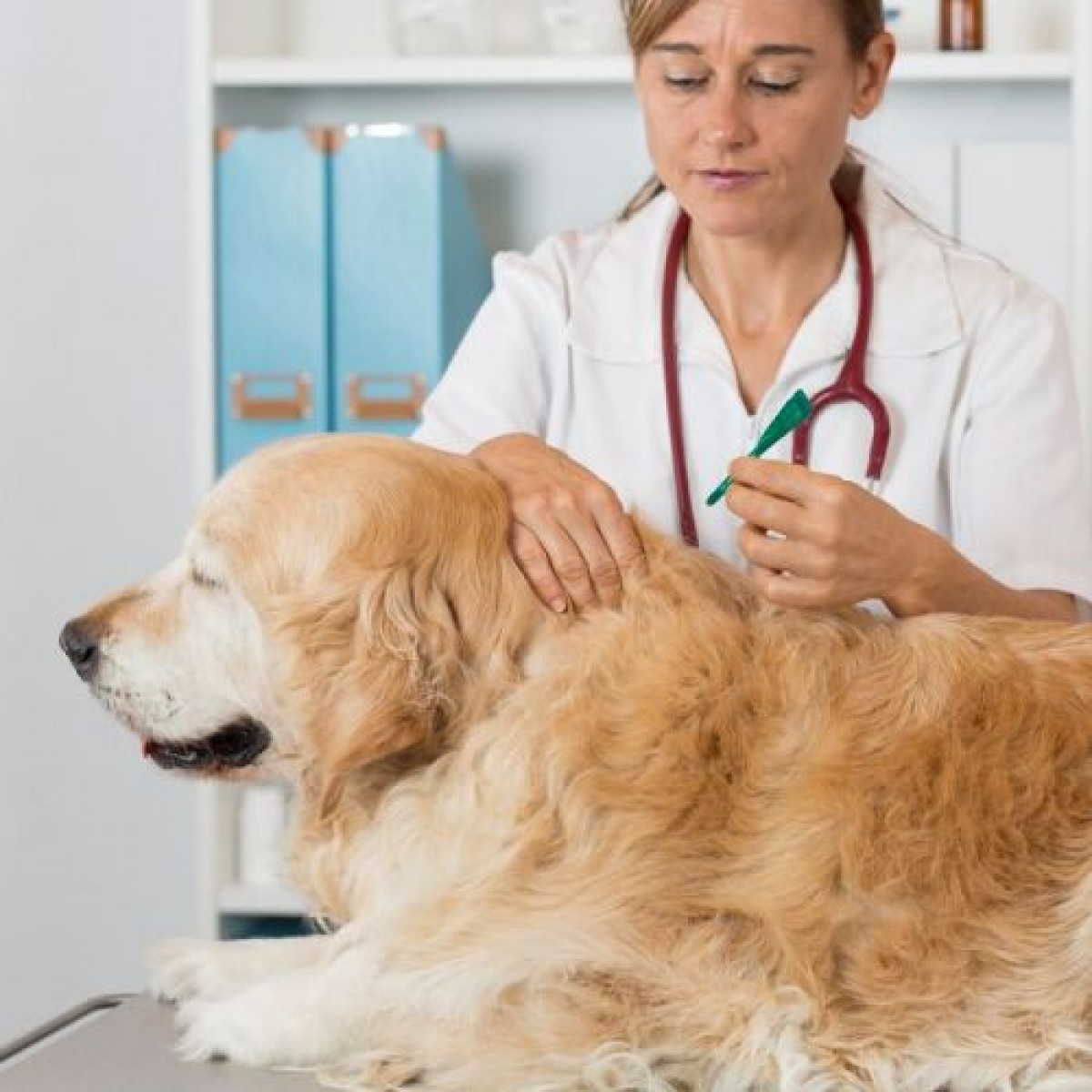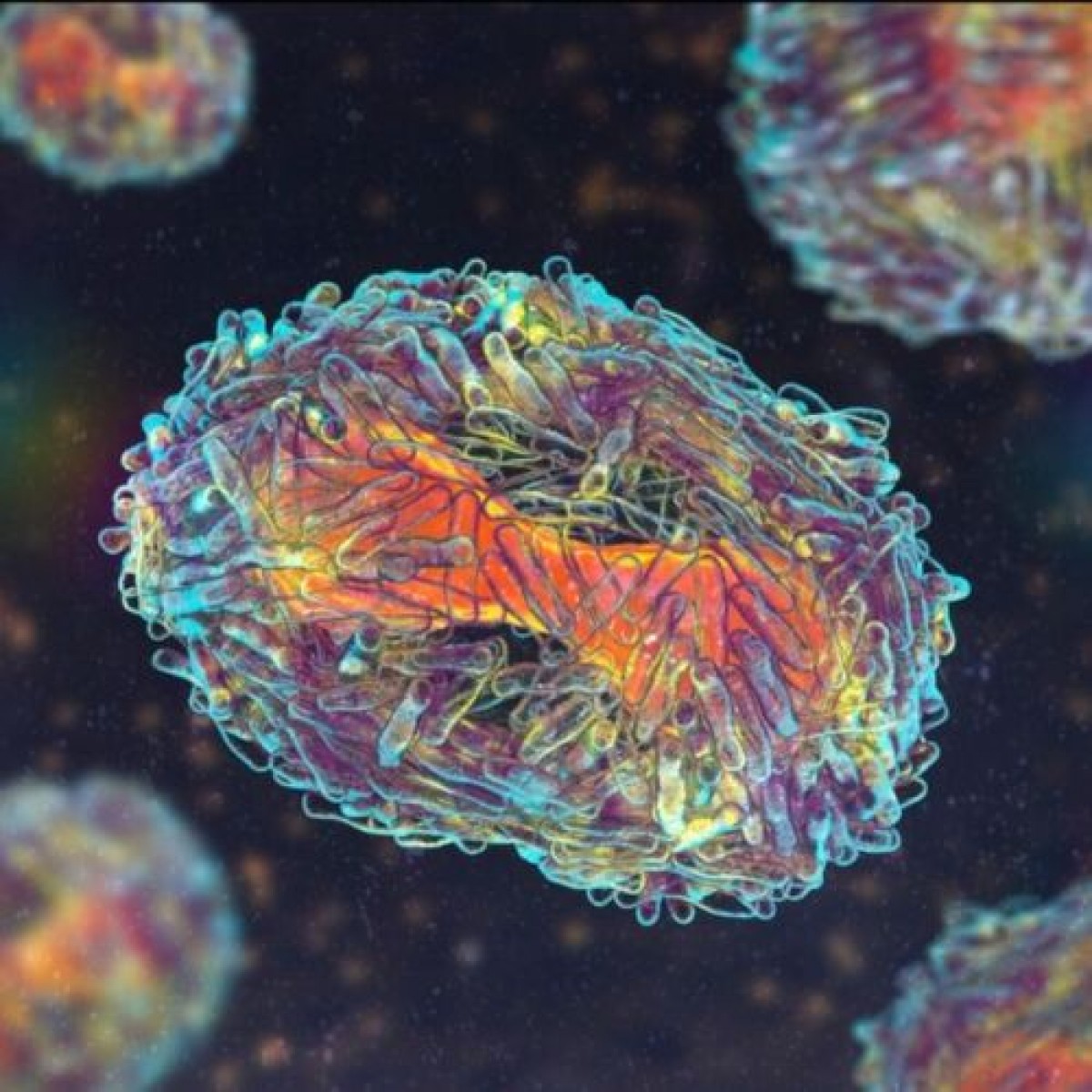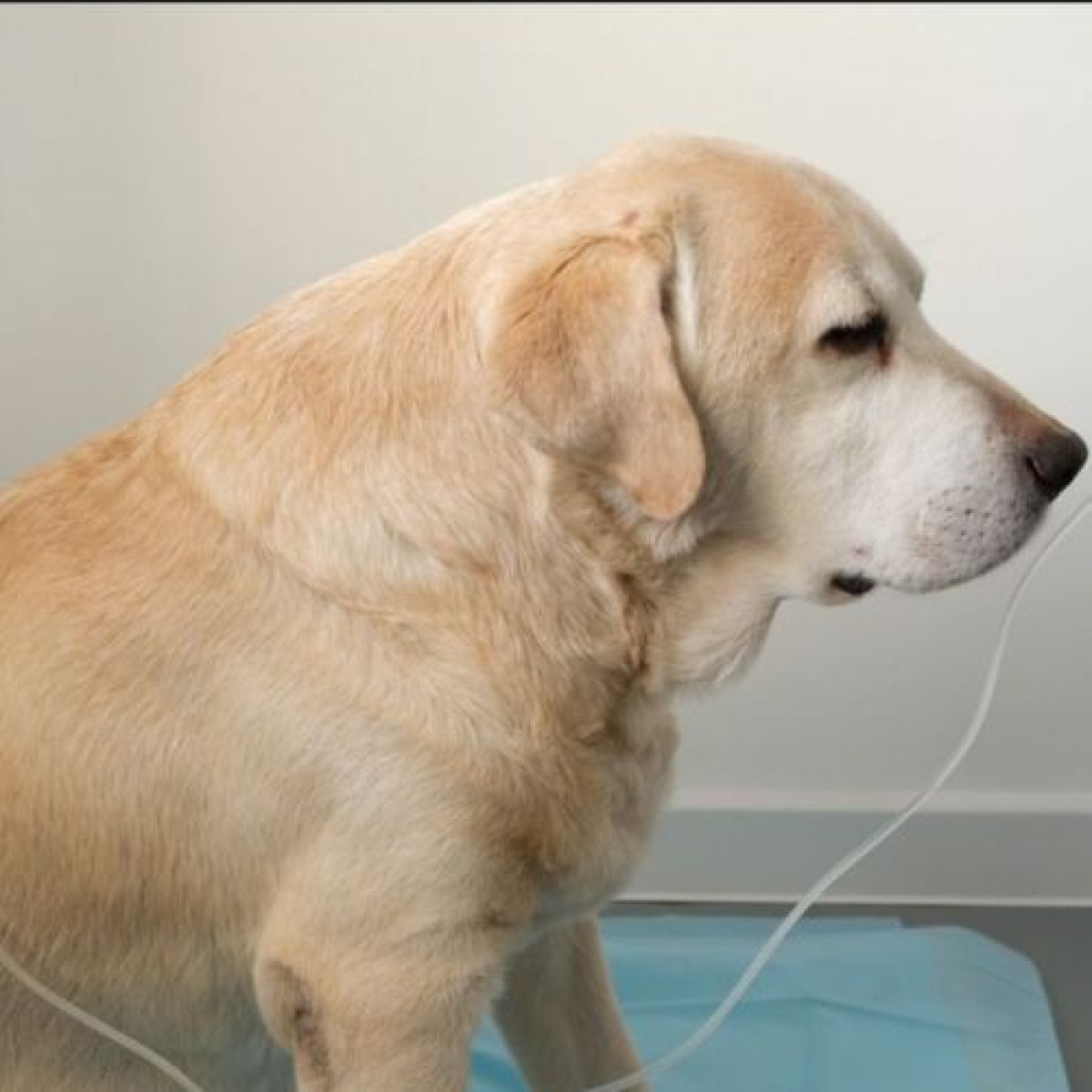Canine dilated cardiomyopathy: a retrospective study of prognostic findings in 367 clinical cases
Objective
To review the association between clinical signs and diagnostic findings and the survival time of dogs with dilated cardiomyopathy (DCM), and any influence of treatment prescribed.
Methods
A retrospective observational study of 367 dogs with DCM. Survival times until death or euthanasia for cardiac reasons were analysed using the Kaplan–Meier method plus univariate and multivariate Cox proportional hazards models. Two-tailed P values less than 0·05 were considered statistically significant.
Results
In the multivariate model, left ventricular diameter (LVDs)-index (P=0·0067), presence of pulmonary oedema on radio-graphy (P=0·043), presence of ventricular premature complexes (VPCs) (P=0·0012), higher plasma creatinine (P=0·0002), lower plasma protein (P=0·029) and great Dane breed (P=0·0003) were negatively associated with survival. Most dogs were treated with angiotensin-converting enzyme inhibitors (93%) or furosemide (86%), and many received digoxin (50%) and/or pimobendan (30%). Thirteen dogs were lost to follow-up. No conclusions could be made in this study on the association between use of drugs and survival.
Clinical Significance
The LVDs-index was the single best variable for assessing the prognosis in this group of dogs with DCM. Other variables that were negatively associated with survival were presence of pulmonary oedema on radiography, presence of VPCs, higher plasma creatinine, lower plasma protein and great Dane breed.
Authors: M. W. S. Martin, M. J. Stafford Johnson, G. Strehlau, J. N. King
Source: https://onlinelibrary.wiley.com/














List
Add
Please enter a comment